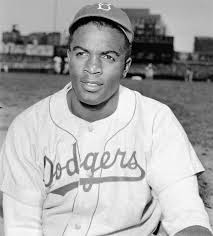On this date in 1865–two months after the end of the US Civil War and two and a half years after the Emancipation Proclamation, Union and US Army Major General Gordon Granger arrived in Galveston, Texas to announce the end of slavery.
So why did it take so long to release Black people from bondage in Texas? Well, Texas was the frontier—at least for the Confederacy. In those days before the Internet, electronic media, telephones or even, in many areas, telegraphs, news traveled slowly. (That is why. until Franklin D. Roosevelt’s first presidential victory, presidents were inaugurated in March even though they were elected the previous November.) I suspect, however, that Emancipation would have come slowly to Texas even if communication were faster because slavery was a major reason why it seceded from Mexico, became a Republic, was annexed to the United States and seceded from it. And it had, by far, the largest number and area of plantations. In addition, historians estimate that 80 percent of Texas cattle ranches relied on slave labor.
Thirteen years after Juneteenth, Marshall Walter “Major” Taylor was born to parents who descended from slaves. His status as the first African American to become a champion in any sport did not shield him from attempts to continue slavery by other means, not only in the South. But his dominance as a sprinter and fearlessness and dignity as a human being makes him as much an icon of emancipation as anybody. This has to be one of the best uses of his images I’ve seen.
Black girls do indeed bike—and so emancipate themselves, at least from some stereotypes.
















